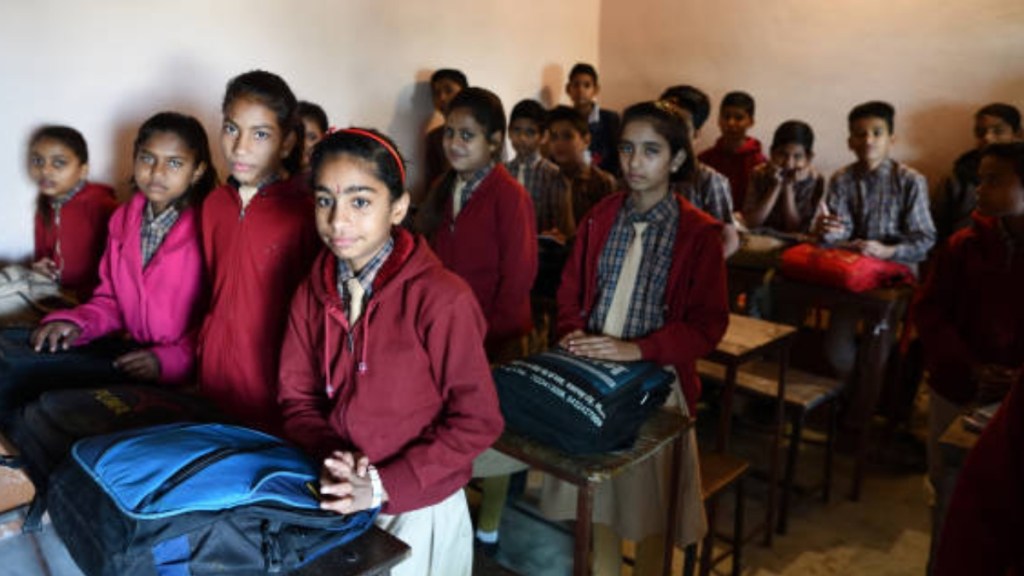By Ashok Pandey
India’s education system is poised for a transformative leap, guided by the visionary National Education Policy (NEP 2020). At its heart lies the PARAKH (Performance Assessment, Review, and Analysis of Knowledge for Holistic Development), which can redefine the curriculum-pedagogy-assessment loop to enhance teaching and learning.
For decades, assessments in India focused on allocating grades and determining eligibility for progression, sidelining their potential to facilitate learning and improve teaching. The PARAKH aims to address this gap, fostering a competency-based, learner-centric approach to evaluation that aligns with the NEP’s vision of holistic and equitable education.
The assessment landscape
India’s diverse landscape of 69 school boards presents a challenge in standardising quality. The PARAKH, as the National Assessment Centre, seeks to harmonise assessment standards across these boards, ensuring fairness and inclusivity, while respecting regional diversity. Regional workshops and pilot studies have identified stark variations in question paper designs, cognitive demand levels, and assessment practices, necessitating the shift from rote-based to application-oriented evaluation.
Key innovations include the introduction of Holistic Progress Cards (HPCs) that evaluate academic performance alongside interpersonal skills, creativity, and emotional intelligence, embodying a 360-degree approach to learning outcomes.
Curriculum, Pedagogy, Assessment
The curriculum-pedagogy-assessment loop under the PARAKH emphasises interconnectedness. The NEP advocates flexible and multidisciplinary education, enabling students to design their own learning pathways. But these aspirations are hollow without assessments that capture the full spectrum of student abilities. The PARAKH’s competency-based frameworks and the move towards semester-based and on-demand exams promise to reduce exam stress and provide multiple avenues for success.
The initiative calls for a significant shift in pedagogical practices. Teachers must adopt differentiated instruction and formative assessments to support diverse learner needs. The PARAKH’s focus on capacity-building for educators ensures they are equipped to navigate this paradigm shift effectively.
Challenges and opportunities
Implementing the PARAKH’s ambitious reforms is not without hurdles. Resistance to change, lack of infrastructure, and disparities among boards are significant barriers. As highlighted in the PARAKH’s report, very few boards offer on-demand exams or supplementary exams, leaving students in high-stakes situations.
Yet the potential benefits outweigh the challenges. By bridging gaps between boards and aligning assessments with global standards, the PARAKH can not only level the playing field for Indian students, but also prepare them for the new global economy.
A call to action
The PARAKH is a step towards reimagining assessments as tools for learning rather than mere gatekeepers. For this vision to succeed, stakeholders must embrace a collaborative approach, leveraging the PARAKH’s guidelines to build a culture of inclusivity and continuous improvement.
As India equips its youth with the skills and knowledge to thrive in the 21st century, the PARAKH’s mandate serves as a reminder that assessment is not just about measuring learning – it’s about creating environments where teaching and learning can flourish together.
The author is chairperson, the Council for Global Citizenship. Views are personal

